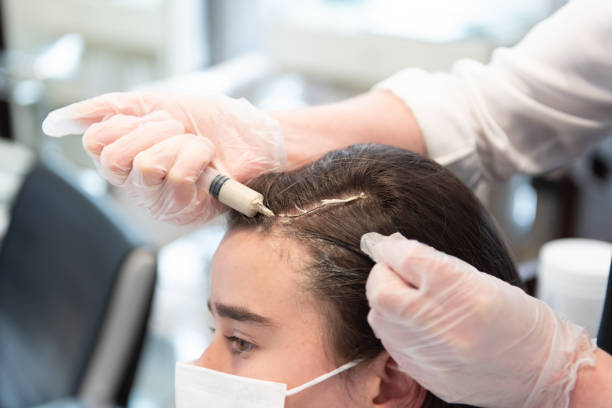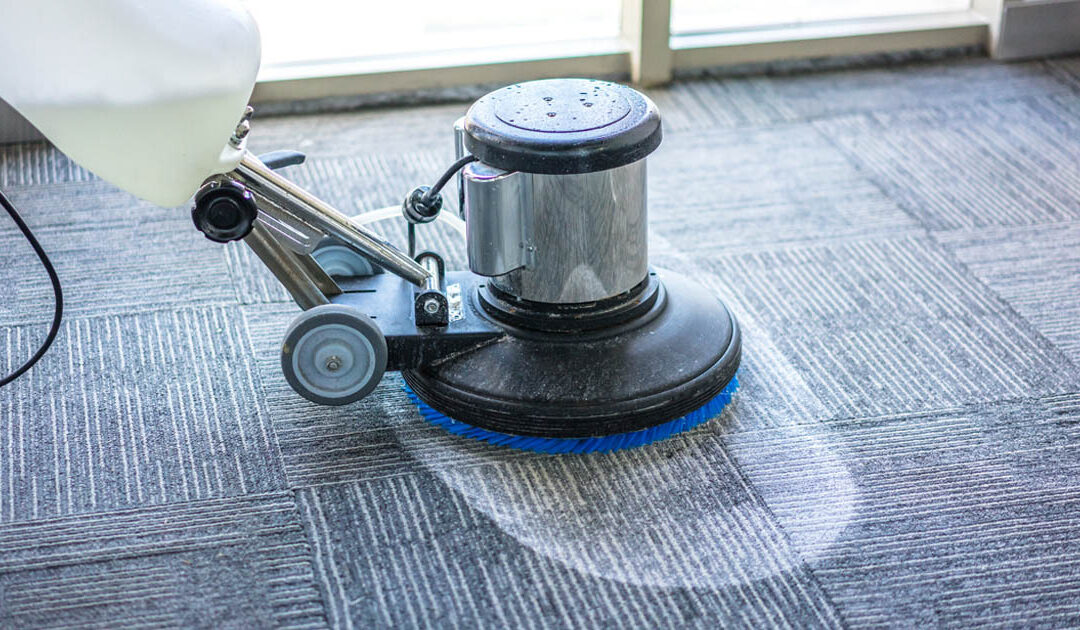Platelet-Rich Plasma (PRP) therapy is gaining widespread attention as an effective, minimally invasive solution for hair loss. If you are struggling with thinning hair or hair loss, understanding whether you are the right fit for PRP Hair Treatment in Riyadh can help guide your decision. This treatment uses your own blood’s platelets to stimulate hair follicles and promote natural regrowth, making it a popular choice for many. In this blog, we will explore who the ideal candidate is, what factors determine success, and what you should expect from this innovative procedure.
What is PRP Hair Treatment?
PRP Hair Treatment is a non-surgical approach where platelet-rich plasma is extracted from the patient’s blood and injected into the scalp’s areas with hair thinning. The platelets contain growth factors that actively encourage cell growth and healing, ultimately strengthening hair follicles. This natural therapy avoids artificial chemicals or harsh medications and offers a promising alternative to more invasive hair restoration techniques.
Why Candidate Selection Matters for PRP Hair Treatment in Riyadh
Selecting the right candidate is key to achieving the best results with PRP Hair Treatment in Riyadh. Not everyone experiencing hair loss will benefit equally, as the treatment depends on the stage and type of hair loss as well as the individual’s overall health. Understanding the criteria that make someone a good candidate helps set realistic expectations and ensures this therapy is effective.
Ideal Candidates Have Early to Moderate Hair Loss
PRP works best for individuals with early to moderate hair thinning rather than complete baldness. If hair follicles are still active but weakened, PRP can revitalize them and stimulate regrowth. Those with advanced hair loss or completely inactive follicles may not see significant improvement because PRP cannot create new follicles where none exist.
Candidates Should Have Healthy Hair Follicles
The treatment relies heavily on the condition of existing hair follicles. People with healthy or mildly damaged follicles can expect better results. A scalp health assessment is important before starting PRP to ensure follicles can respond well to the growth factors delivered during treatment.
Suitable for Both Men and Women Experiencing Different Types of Hair Loss
PRP Hair Treatment in Riyadh is effective in treating multiple types of hair loss, including androgenetic alopecia (pattern baldness) and telogen effluvium (stress-related hair shedding). Both men and women suffering from these conditions can be good candidates, provided their hair loss is not too advanced.
Age and Lifestyle Factors Influence Candidacy
While PRP is generally safe, the ideal candidate should be free from certain medical conditions such as blood disorders, active infections, or chronic illnesses that can affect healing. Additionally, younger adults experiencing hair loss early may benefit more than older individuals with longer-term hair loss. Lifestyle habits like smoking or excessive stress can also impact treatment outcomes.
Commitment to Multiple Sessions and Maintenance
Candidates who are willing to commit to a series of treatment sessions and follow recommended maintenance plans tend to have better results. PRP isn’t a one-time fix but a gradual process that requires patience and proper aftercare.
What to Expect During the PRP Hair Treatment in Riyadh Process
Before treatment, a thorough consultation will evaluate your hair loss condition and medical history. Blood is drawn and spun in a centrifuge to isolate platelet-rich plasma. This plasma is then injected into targeted scalp areas, stimulating hair follicle activity. The process usually takes about 45 minutes to an hour, with minimal discomfort.
Post-Treatment Care and Results Timeline
After PRP sessions, some mild swelling or tenderness may occur, but downtime is minimal. Visible hair improvement typically begins within a few months, with full results appearing after several sessions spaced over weeks. Regular follow-up treatments help sustain hair health over time.
Factors That May Limit Success of PRP Hair Treatment
While promising, PRP results can vary based on individual factors such as genetics, severity of hair loss, and overall health. Candidates with autoimmune diseases or severe scalp conditions may need to explore alternative treatments.
Conclusion: Is PRP Hair Treatment Right for You?
If you have early-stage hair loss, healthy hair follicles, and are committed to a treatment plan, PRP Hair Treatment in Riyadh offers a natural and effective solution to restore hair growth. Always consult a qualified specialist for a proper assessment and to discuss whether this procedure matches your hair restoration goals.
Considering PRP for hair regrowth? Take the first step today by scheduling a consultation to discover how this innovative treatment can help you regain thicker, healthier hair.
FAQs
1. Who is not a good candidate for PRP Hair Treatment?
Patients with blood disorders, platelet dysfunction, active infections, or severe baldness may not benefit from PRP and should consider other options.
2. How many PRP sessions are typically needed?
Most candidates undergo 3 to 4 sessions spaced about 4-6 weeks apart, with maintenance treatments every 6-12 months.
3. Is PRP Hair Treatment painful?
Most patients experience mild discomfort during injections, but local anesthetics can minimize pain.
4. Can PRP work for all types of hair loss?
PRP is most effective for androgenetic alopecia and hair thinning but less so for scarring alopecia or complete baldness.
5. Are there any side effects of PRP Hair Treatment?
Side effects are generally mild and temporary, including redness, swelling, or tenderness at injection sites.
6. How long before I see results from PRP Hair Treatment?
Initial results usually appear within 3 months, with full improvements noticeable after 6 to 12 months.








0 Comments